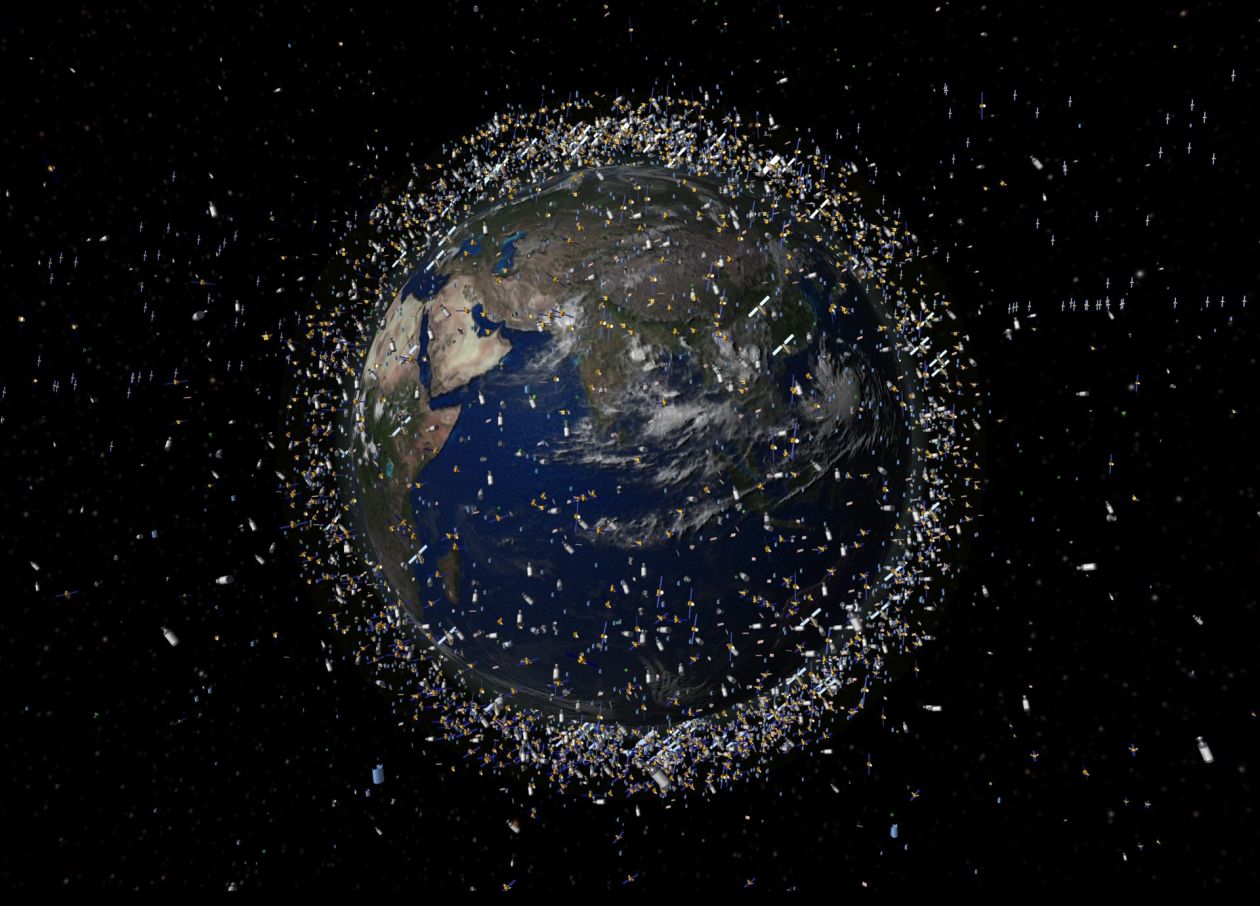
What is the relationship between outer space and life back on Earth? As we enter what experts have dubbed the “New Space Age,” with its global nature and a growing number of nations, corporations, and wealthy tourists participating in space travel, questions about the role outer space plays in our daily lives are assuming renewed importance. This course invites students to think historically about space exploration and astronomy in the twentieth century by tracing their global threads and investigating their political and cultural consequences. Over the course of the term, we will explore how people in the past asked and answered questions about who owned outer space, the benefits of space exploration (and who deserved access to them), and what the space age promised for the future. In particular, this class will decenter the Cold War space race between the United States and the Soviet Union, focusing instead on how the process of imagining, knowing, exploring, and exploiting space became global. We will focus especially on questions of power and inequality, considering how outer space has reflected, reinforced, and challenged Earthly relationships. Along the way, we will consider a variety of ways people encountered outer space: through science fiction, observatories, space-travelling humans, technologies, and artifacts, and grand plans for cosmic colonization. We will also study the construction of global communications networks and the perils of falling satellite debris. Throughout the course, we will return to the themes of race, colonialism, gender, and capitalism.
This course is offered as a 4.5-unit seminar during the 2022-2023 year.
